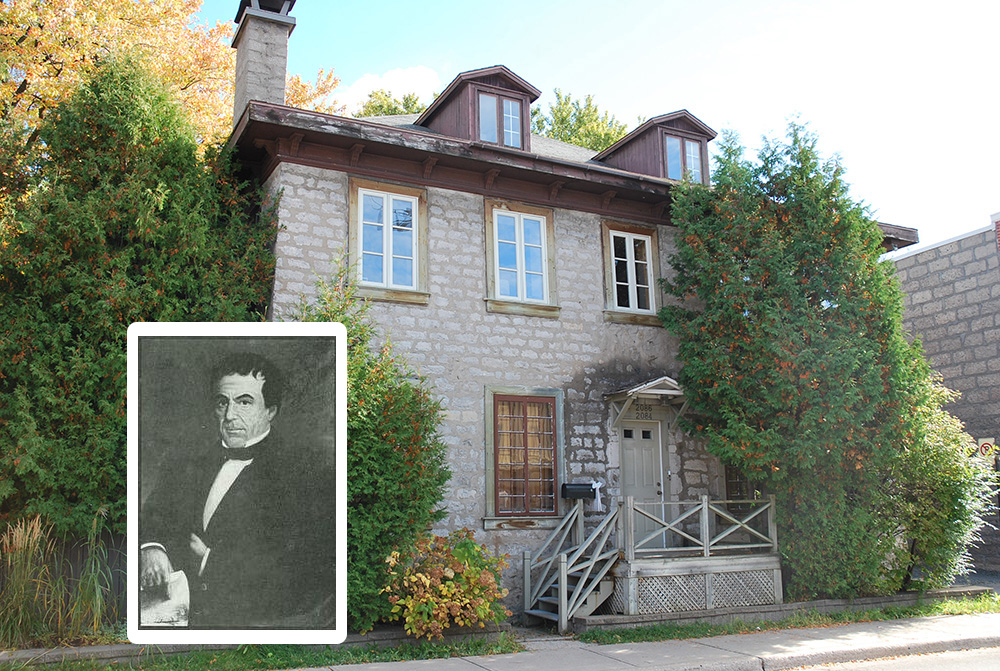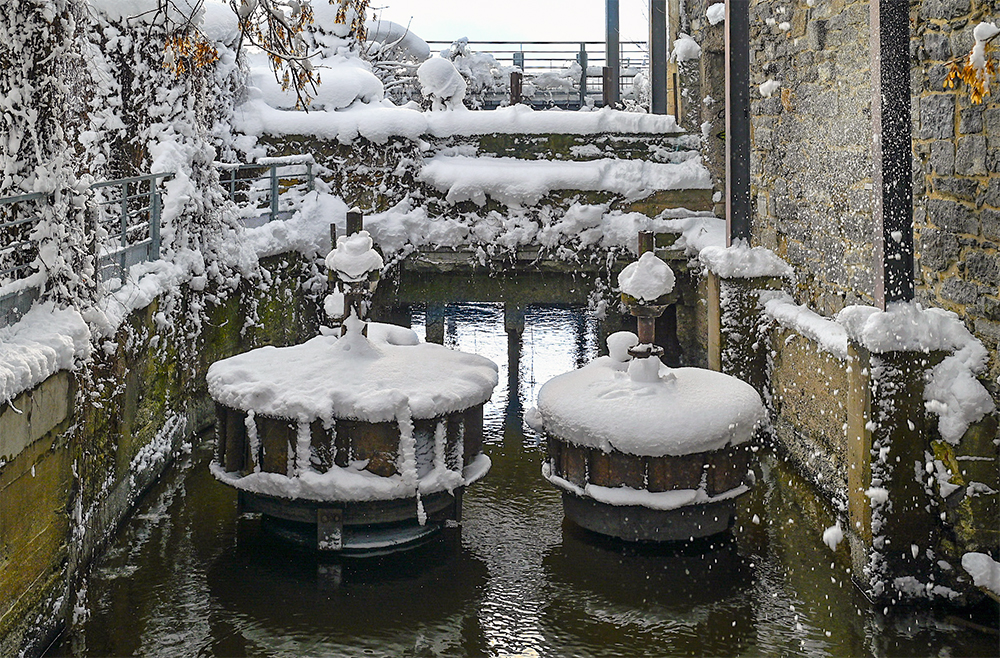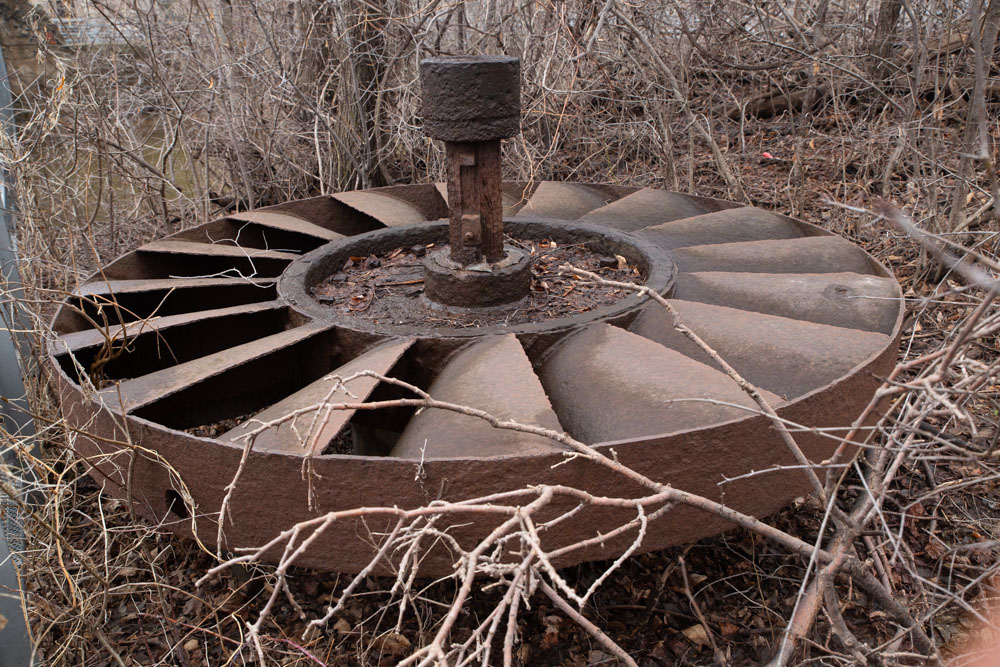The evolving uses of the dike: from the first buildings to the industrial era
British soldiers were scouring Montreal’s neighbouring villages and countryside. Officers had the mission of mapping out installations that could be used for troop movement. The only wooden bridge spanning the Des Prairies River was considered a top priority. What’s more, the man who had it built was a rebel sympathizer. His son, Pascal Persillier dit Lachapelle, had just acquired the mills in Sault-au-Récollet.
A second nail mill was operated there to meet the growing demand for construction and to fix horseshoes to horses’ hooves. Could the mill have been used for the clandestine manufacturing of ammunition? Or perhaps as a weapons cache?
Soldiers would go on to inspect the premises. They followed the newly renamed “chemin de la Reine” along the shore. Mr. Lachapelle had nothing to hide. He proudly showed the soldiers how this new revolutionary machine can cut long metal plates into square rods to make nails. Nails now cost one tenth of what they used to. It was now possible to build a house with a lighter framework, at a lower cost.
Suddenly, a loud racket nearby attracted the officers’ attention: a waterwheel raising wooden mallets alternately that came crashing down into large vats of water. It would pestle the wool to yield a fibre that is stronger, softer, and waterproof. Further along, a huge roller covered in fine steel points, like a rotating brush, would comb the wool to rid it of any remaining impurities. All that seemed to be missing now were the spinners and their looms. “Absolutely stunning!” declared one of the officers.
Stéphane Tessier describes life in the days of the Lachapelles
Video with transcript (EN). Subtitles available in English and French.

Portrait of Paschal Persillier dit Lachapelle Sr., to whom the Sulpicians leased the operations of the mill. His son Pascal, whose house we see in the background, successfully bought the mills back from the Sulpicians, becoming the sector’s first independent entrepreneur. He hired the services of Miller Laporte.
Jean Poitras talks about the nail he found on the dike—Jocelyn Duff explains its presence
Video with transcript (EN). Subtitles available in English and French.



